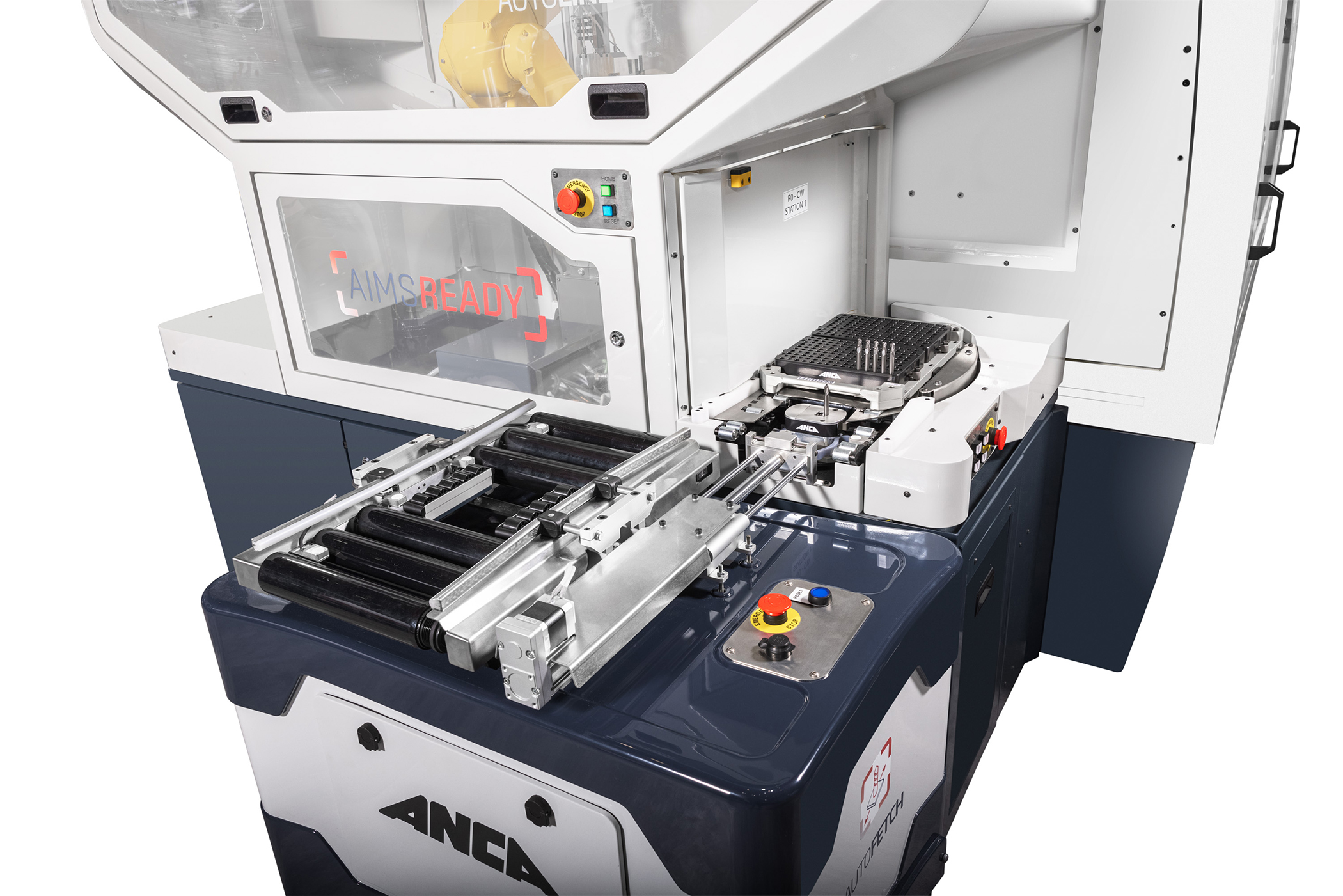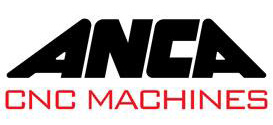
By Russell Riddiford, President of ANCA Americas
Manufacturing has moved on from simple cutting tools. Your customers expect you to create high-quality tools from top-end materials, with little room for error. It’s now about the end-to-end process, from sourcing the best materials to providing the best customer experience, and it relies on networked machines and devices.
As expectations for cutting tools have changed, so has the equipment you use to stay competitive. The types of CNC machines you use can make or break your position in your toolmaking niche.
Future factories need software as much as hardware
You may have heard of toasters that know when we’re running out of bread, or devices that know they need servicing before we do. They are the cheap thrills of the Internet of Things (IoT). But your factory can also benefit substantially from the Internet of Things, whether it’s predicting when a machine needs to be serviced, monitoring its performance or noticing when stock levels are low. (And, maybe, adding a USB-connected sandwich press to the lunchroom.)
 That’s where software becomes key. Smart factories that want the benefits of the IoT rely on connectivity. Machines must have access to software that connects them to an internal network, where every part of the system can interact. You might even connect them to a wider network, using information from customer and supplier networks to create more streamlined processes.
That’s where software becomes key. Smart factories that want the benefits of the IoT rely on connectivity. Machines must have access to software that connects them to an internal network, where every part of the system can interact. You might even connect them to a wider network, using information from customer and supplier networks to create more streamlined processes.
Software can have an impact in other ways, too. Our latest product introduced new features to cutting tools, allowing for more complex cutting tool geometries. Some industries have different requirements. For example, aerospace and power generation use hard and soft materials requiring different geometries of cutters for machining them. We have introduced new geometries in software to manufacture special cutters for those processes.
The right software is also a vital component in having different types of CNC machines “talk” to each other. In the past, machines using different protocols, or from different manufacturers, might not have been able to interact with systems inside the factory. Software on the machines allows them to send data to a central location, where it can be distributed in a form every machine – and person – can understand.
Some types of CNC machines can come with you on the journey
We’ve found that around 95% of machines in use today are 10 years old or less. That’s good news for your factory – often they are still capable of moving to the latest software and adding on accessories that can be used in automation. For example, you might be able to retrofit:
- Laser measurement
- Network connectivity
- Electrical controls
- Operating systems
- Automated processes and libraries
Retrofits mean you can avoid replacing your machines wholesale. Updating them one-by-one will allow you to keep your factory running with minimal downtime and cost so your customer engagement is not disrupted.
Functionality is always improving and expanding. CNC machines aren’t phones – you won’t be installing cutters or grinders that can fit in your pocket or fold up – but a machine of the same size will do more than it does now. The types of CNC machines you were installing fifteen years ago are being replaced by better, faster, and more comprehensive models. For example, CNC milling machines have moved from four-axis to six-axis and have added spiraling to their capability. As the machines improve so do their cutting processes and productivity, becoming faster, more precise, and easier to monitor.
Take it one step at a time. Refit or replace machines that will give you the quickest wins, updating your factory’s capability quickly and cost-effectively.
Closed-loop manufacturing
Looking to the future is vital. Don’t upgrade or replace your CNC machines without considering what business advantages you are trying to achieve. In your smart factory, you’ll be competing not only on range and precision but also in terms of specialization, customer experience, and time to market. CNC machines that make it easier to build to order will allow you to carry less stock, lower upfront costs and reduce inefficiencies. Market-leading smart factories need to know exactly what their customers need and that’s exactly what newer machines will provide.
And then there’s complete business transformation. Over the next 5-10 years, tool manufacturers will be using their technology to completely eliminate waste – and they’re planning for it already. This ‘closed-loop’ approach to manufacturing means only ordering and using exactly what you need. Nothing will be sent to landfill or left on the factory floor. It’s a world which will be better for the environment, better for customers, and better for your bottom line.
There are many options for bringing your CNC machines into the future. Whether you retrofit software and accessories, or replace your machines with the latest models, you’re investing in a future that’s efficient, connected and more profitable.
Contact Details
Related Glossary Terms
- computer numerical control ( CNC)
computer numerical control ( CNC)
Microprocessor-based controller dedicated to a machine tool that permits the creation or modification of parts. Programmed numerical control activates the machine’s servos and spindle drives and controls the various machining operations. See DNC, direct numerical control; NC, numerical control.
- gang cutting ( milling)
gang cutting ( milling)
Machining with several cutters mounted on a single arbor, generally for simultaneous cutting.
- milling
milling
Machining operation in which metal or other material is removed by applying power to a rotating cutter. In vertical milling, the cutting tool is mounted vertically on the spindle. In horizontal milling, the cutting tool is mounted horizontally, either directly on the spindle or on an arbor. Horizontal milling is further broken down into conventional milling, where the cutter rotates opposite the direction of feed, or “up” into the workpiece; and climb milling, where the cutter rotates in the direction of feed, or “down” into the workpiece. Milling operations include plane or surface milling, endmilling, facemilling, angle milling, form milling and profiling.







